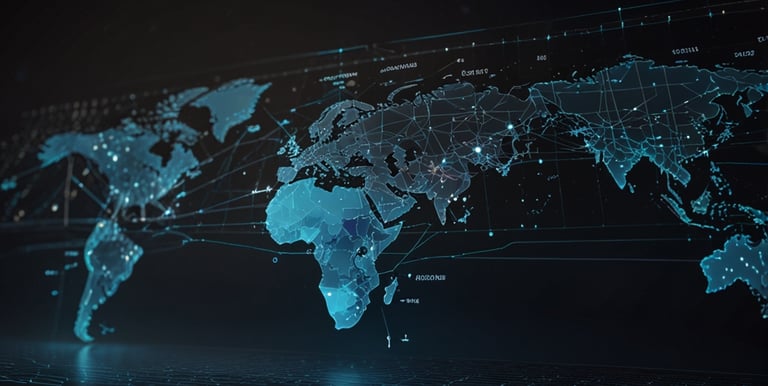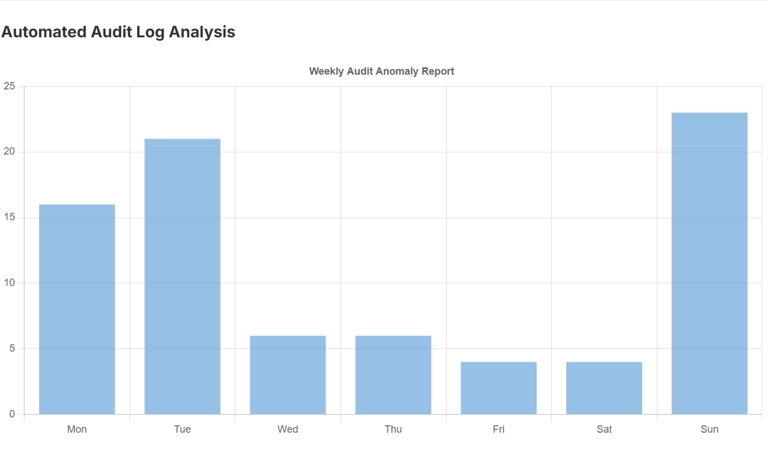
Audit Automation
Detect early and Respond strategically
BY USE CASES
Innovative Audit Solutions
Experience cutting-edge technology for smarter audits and faster fraud detection with Hessq's AI tools.




Scientific and Computacional Basis
This project relies on solid scientific foundations and efficient computational methods to support reliable, data-driven outcomes.
Scientific Research Directions
We explore how quantum computing can enhance scientific auditing by improving data accuracy, traceability, and trust in research and industrial applications.
To automate the detection of inconsistencies, errors, and compliance breaches in large-scale financial or operational records — without the need for exhaustive manual review.
The Challenge:
Traditional audit processes rely on fixed rules and sample-based checks, making them slow, labor-intensive, and prone to oversight. With ever-growing datasets and complex compliance requirements, auditors struggle to:
Analyze 100% of records in real time
Detect hidden patterns or subtle anomalies
Adapt to evolving audit criteria and risk signals


Our Quantum-Inspired Solution:
HessQ applies Quantum-Inspired Optimization (QUBO) and graph-based models to scan massive audit trails intelligently — identifying patterns that indicate risks, fraud, or non-compliance.
Data Modeling
Every financial or operational record is modeled as a point in a multi-dimensional network.
QUBO identifies unusual combinations of entries that deviate from the expected patterns (e.g., duplicate payments, outlier values, mismatched accounts).
Instead of reviewing every entry equally, HessQ ranks entries by risk level, optimizing the audit path like a Traveling Salesman Problem (TSP) — focusing first on the riskiest clusters.
Anomaly Scoring
Dynamic Prioritization
The Result:


Outputs Delivered:
High-risk records automatically flagged
Visualization of audit anomaly clusters
Reduction in manual review workload
Audit coverage increased to >95% of entries
Why HessQ Outperforms Traditional Models
Global Pattern Recognition: Captures interactions across data dimensions that rules miss
Less Human Intervention: Minimizes manual rule-setting and scripting
Self-Tuning: Adapts dynamically as datasets evolve
Scales Easily: From small audits to enterprise-wide systems
More Insight, Less Noise: Focuses on meaningful outliers — not alert fatigue